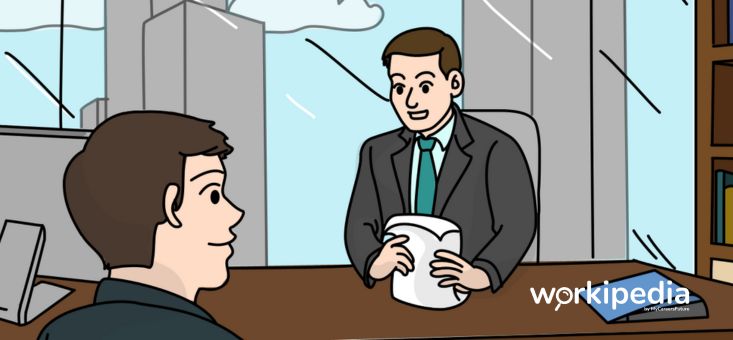An interview allows potential employers to verify your skills and experiences listed on your resume through a series of questions. The goal is to determine if you are a good fit for the company and the job role.
Here, learn to:
- Use C.A.R to answer interview questions concisely
- Showcase your knowledge, skills and attributes during the interview
An interviewer’s job
During the interview, interviewers continually try to assess and gauge how you might perform in the role. They are keen to hear about real-life examples of how you managed and coped with certain situations. This helps them better understand your ability to handle challenges related to the job. Some examples are:
- Share a situation where you had to make a difficult decision
- Tell me about a time when you disagreed with your boss
C.A.R. model
When tackling such situational questions, you might unwittingly ramble on and lose the attention of the interviewer. The C.A.R model is a technique that helps you focus your thoughts and keep your answers concise and impactful.
C.A.R. stands for Context, Action, Result
C – Context
Provide a summary of the situation, what the task was, and the challenge
A – Action
Elaborate on how you solved the challenge, including the actions you took
R – Result
Share the outcome and how your learnings are relevant to the job you are applying for
Using C.A.R. to tackle interview questions
Question:
“Can you share with me one of your weaknesses?”
Answer:
One of my negative traits is that I tend to be highly task-oriented when working on projects with tight deadlines. I want to get things done quickly and effectively, and this became a strain on my team as I would request frequent email updates (Context).
After realizing that my methods were disruptive to the team’s morale, I changed my email updates to weekly meet-ups for group reviews. Now, if there are any hurdles, everyone can contribute and brainstorm ideas. I also made it a point to set a reasonable timeline for the next review, one that everyone agrees on (Action).
As a result, team morale improved after this, even in the midst of tight deadlines. My team looked forward to group meetings, as it made work more efficient and productive. As a result, we had a 50% increase in achieving our project KPIs at the end of the year (Result).
Looking for more interview tips? Download the resume and interview starter pack here, at no cost.















